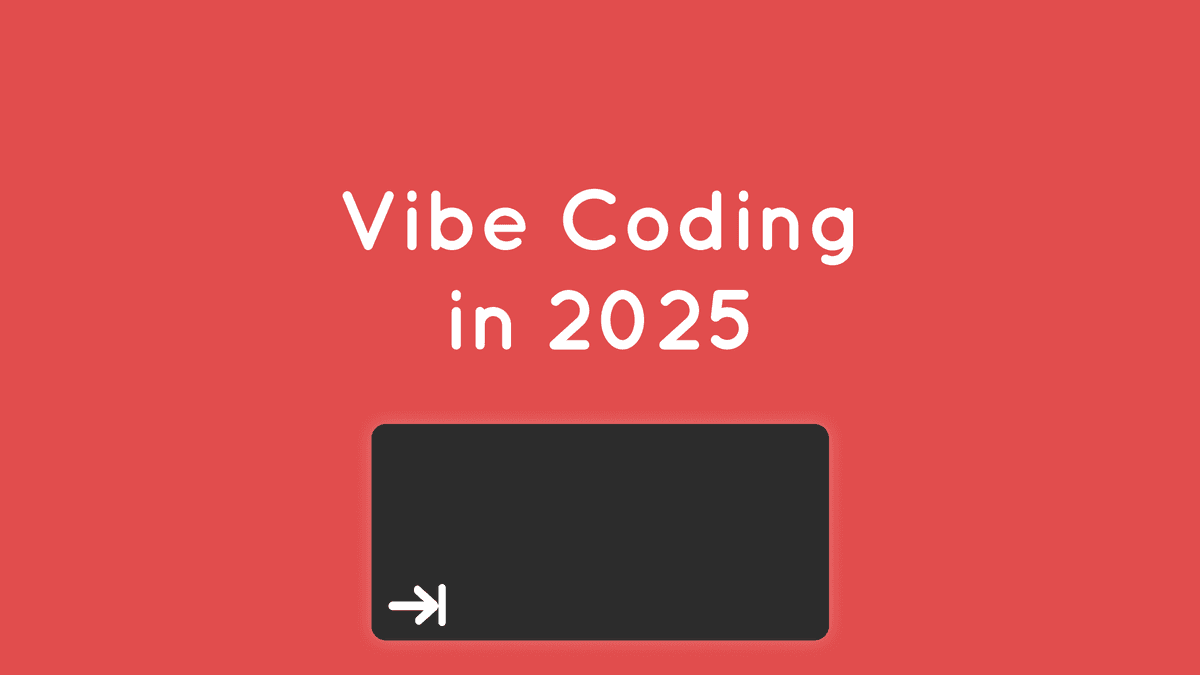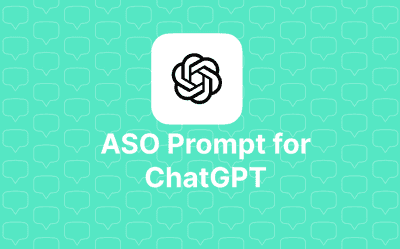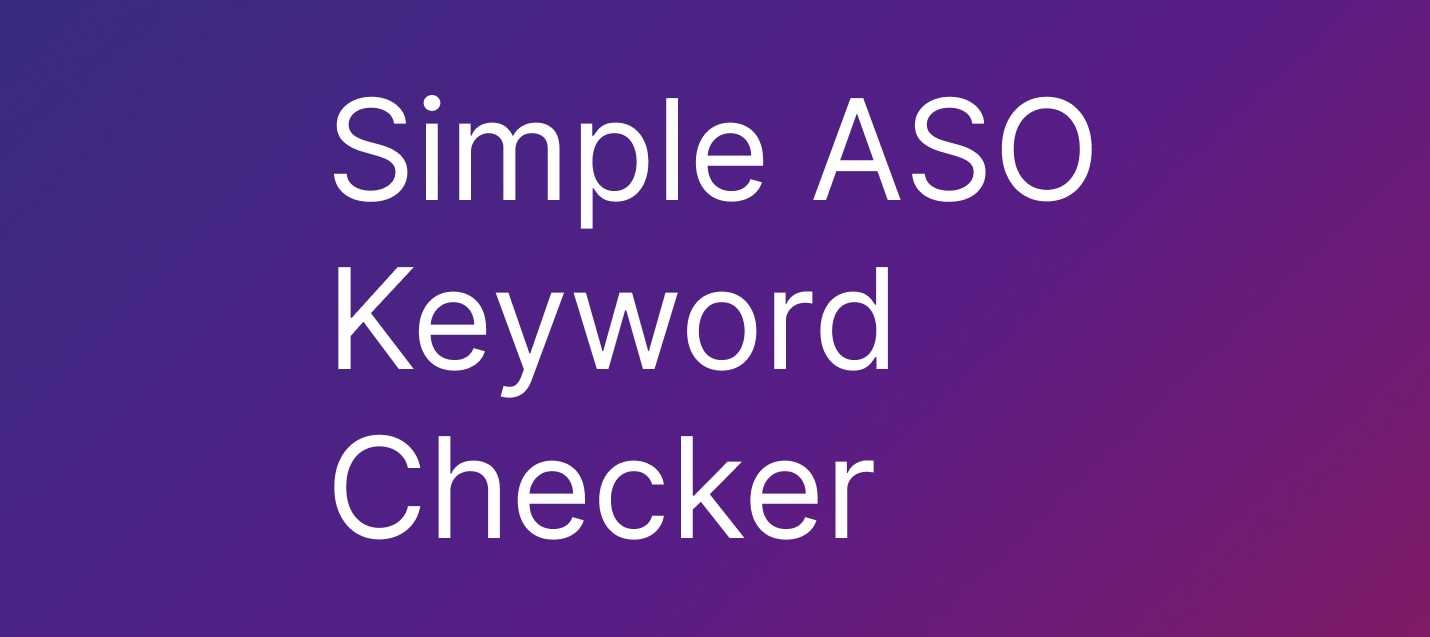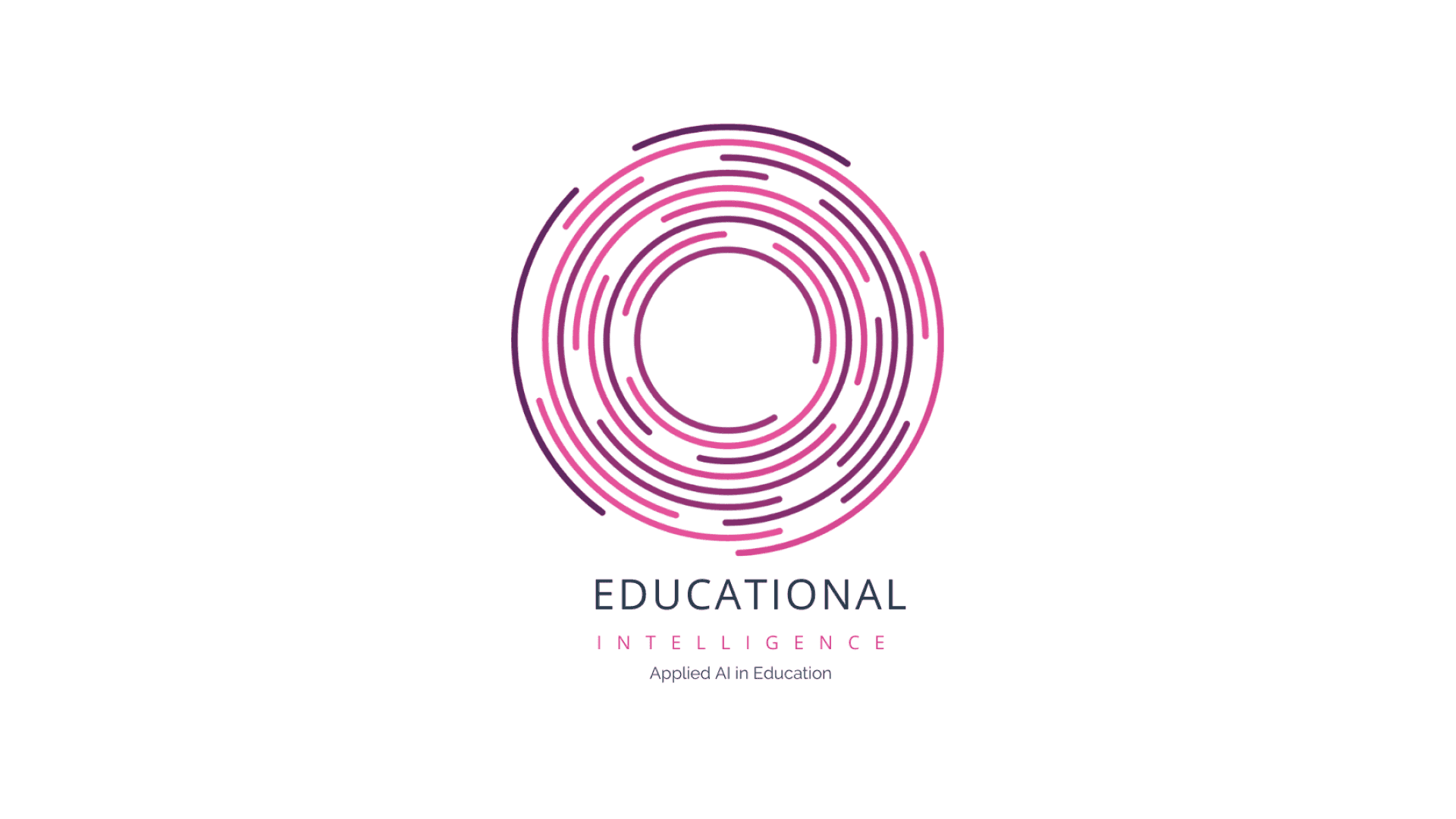In a previous blog post, we shared some thinking on how anyone can take an app idea from concept to reality. We covered the importance of validating your idea, creating wireframes, finding the right development approach and gave some options such a partnering with a technical cofounder or building a relationship with an existing experienced software development team like Add Jam. But we're living in 2025 - what about the role of AI? Surely we can vibe code an app with no technical expertise?
What the hell is "vibe coding"?
If you've been anywhere near online tech/startup communities on X, Reddit or HackerNews in the last few months, you've probably heard the term "vibe coding" being tossed around. But what does it actually mean?
The term was coined by Andrej Karpathy (former Tesla AI director and OpenAI researcher) in February 2025, when he described it as a new approach where you "fully give in to the vibes, embrace exponentials, and forget that the code even exists."
In practical terms, vibe coding refers to a programming approach where developers rely heavily—sometimes exclusively—on AI tools to generate code based on natural language descriptions of what they want to accomplish. Instead of writing code line-by-line, you're essentially describing the app you want to build and letting AI handle the technical implementation.
It's important to note that this isn't just using AI to assist with coding—it's a fundamental shift in how development happens, where the human's role becomes more about directing and curating rather than manually implementing.
Note: This post captures vibe coding as it exists in May 2025. Given how rapidly AI technologies are evolving, the capabilities and limitations described here could change significantly in the coming months.
The vibe coding toolkit in May 2025
If you're looking to try vibe coding for your never development project, these are the tools leading the charge:
Cursor
Cursor has evolved from being just an AI-enhanced code editor to become one of the most powerful vibe coding platforms available. Its Agent Mode allows you to describe entire features in natural language, and it will generate complete implementations, including frontend components, backend logic, and even tests.
What makes Cursor particularly impressive is the ability to access your whole codebase and as a team you can set your own cursorrules that you can commit to version control. It helps to keep the entire team (AI included) on the same page for things like coding conventions and patterns used or preferred.
GitHub Copilot
GitHub Copilot has come a long way since its initial release. In 2025, it offers deep integration with development workflows and version control. Its strength lies in understanding existing codebases and suggesting code that matches your project's patterns and conventions.
Raycast AI
While technically not just a coding tool, Raycast's AI capabilities have become invaluable for developers embracing the vibe coding approach. Its ability to seamlessly switch between answering coding questions, generating code snippets, and integrating with other development tools makes it a central hub for vibe coders.
The Raycast Extensions ecosystem has also expanded to include specialized tools for development, making it easier to prototype and test ideas quickly. Note Raycast is a macOS app.
The dangers of surrendering to the vibe
While vibe coding offers tantalising productivity gains in theory, it comes with significant risks that every developer — especially those working on commercial products — needs to understand.
The Tesla Autopilot analogy
Think of vibe coding like Tesla's Autopilot: impressive technology that can 'drive' for you in some situations and it does a great job but ultimately it requires an alert human to maintain safety and take control when needed. Legally the driver is still liable and in control of the vehicle.
Just as you wouldn't take a nap while your car is on Autopilot, you shouldn't blindly trust code generated through vibe coding without review. The human developer still needs to:
- Understand fundamental programming principles
- Recognise security vulnerabilities in generated code
- Ensure the code follows best practices for performance and maintainability
- Verify that the implementation actually solves the intended problem
The technical debt trap
One of the biggest dangers of vibe coding is how easily it can lead to technical debt. When you're rapidly generating code without fully understanding it, you're essentially building on shaky foundations.
This becomes especially problematic when:
- You need to debug complex issues
- Your requirements change and you need to modify existing code
- You're trying to optimise performance for mobile devices
- You're handling sensitive user data and need to ensure security
Code review is more important than ever
If you're embracing vibe coding, you need to be even more diligent about code review. Don't just let "Agent mode" run wild. Remember that Tesla Autopilot analogy - you are in control. Treat AI-generated code the same way you would treat code from a junior developer:
- Review it line by line
- Ask questions about design decisions
- Test edge cases thoroughly
- Look for security vulnerabilities
- Ensure it meets accessibility standards
Can you vibe code a startup in 2025?
This is the million-pound question that many aspiring founders are asking: Can you build a viable startup using vibe coding alone?
The short answer: You can probably build and ship an MVP. But building a stable, scaling business requires more than the vibe. You can verify ideas quickly but as things stand in 2025 you are going to need to have a human technical resource in your business.
What vibe coding can do for your startup
Vibe coding excels at helping you:
- Prototype rapidly: Turn ideas into functional demos in hours instead of days
- Explore different approaches: Quickly generate multiple implementations to compare
- Handle boilerplate: Generate routine code like authentication systems or data models
- Learn as you go: See professional-quality implementations of features you're unfamiliar with
For a first-time app founder with limited technical experience (exactly who we were talking to in our previous post), vibe coding can be transformative. It can help you create a working prototype to validate your idea and even ship an initial version to early users.
Where vibe coding falls short
However, as your startup grows beyond the initial MVP, vibe coding alone becomes insufficient:
- Scaling challenges: AI-generated code often isn't optimized for performance at scale
- Maintenance overhead: Without understanding the code, maintenance becomes increasingly difficult
- Integration complexities: Connecting to third-party services or implementing complex workflows often requires deeper technical knowledge
- Security concerns: Vibe-coded applications might contain subtle security vulnerabilities that aren't apparent until exploited
The hybrid approach
At Add Jam, we've found that the most effective approach for startups is a hybrid model:
- Use vibe coding to rapidly prototype and explore ideas, get validation that what you're doing has a market.
- Have experienced developers review, refine, and sometimes reimplement critical components as needed
- Establish robust testing and quality assurance processes
- Build a foundation of technical knowledge in your team, even if you're primarily relying on AI tools
This approach gives you the speed advantages of vibe coding while mitigating many of its risks.
Practical tips for vibe coding your first mobile app
If you're a non-technical founder eager to try vibe coding for your mobile app idea, here are some practical suggestions:
Start small and focused
Begin with a very specific feature or screen of your app. For example, "I want to create a login screen for a fitness tracking app" is better than "Build me a fitness app."
Remember the 'M' in MVP stands for minimum. Don't bite off more than you can chew.
Be incredibly specific in your prompts
The quality of AI-generated code depends heavily on the quality of your prompts. Include details about:
- The exact functionality you want
- Any design requirements or constraints
- User interactions and flows
- Error handling expectations
- Performance considerations
We shared a post with some tips for Prompt writing for App Store Optimisation, the principles shared there apply to vibe coding.
Build your technical understanding incrementally
Even if you're letting AI handle the coding, invest time in understanding basic programming concepts. This will help you:
- Write better prompts
- Evaluate the quality of generated code
- Make thoughtful decisions about your product's architecture
There a lot of great resources to help you learn to code such as Codecademy, Ruby Koans and MDN Web Docs.
Find a technical advisor
Having access to someone with development experience can be invaluable when vibe coding. They can help you avoid common pitfalls and identify issues that might not be obvious to someone without technical background. Perhaps consider contracting a Fractional CTO to help you as and when needed.
Is Vibe Coding the future of software development?
Vibe coding represents a fascinating inflection point in software development. It's lowering the technical barriers to entry for creating software, much like website builders did for web development years ago.
However, just as when creating a website on Wix or Squarespace that's usable, ranks on search and converts needs skill, expertise and experience. Meaningful software applications that need to scale, remain secure, and adapt to changing requirements will still benefit from traditional software engineering expertise.
At Add Jam, we're embracing these AI tools to enhance our development process, but we're doing so with the accumulated knowledge of our team's 10+ years of experience building successful mobile applications. We understand when to trust the vibe and when human expertise is irreplaceable.
If you're exploring how to turn your app idea into reality and wondering if vibe coding might be right for your project, we'd love to chat. Our team can help you navigate these exciting but complex new possibilities.
Book your free consultation today →
Let's build something amazing together... with or without the vibes.






